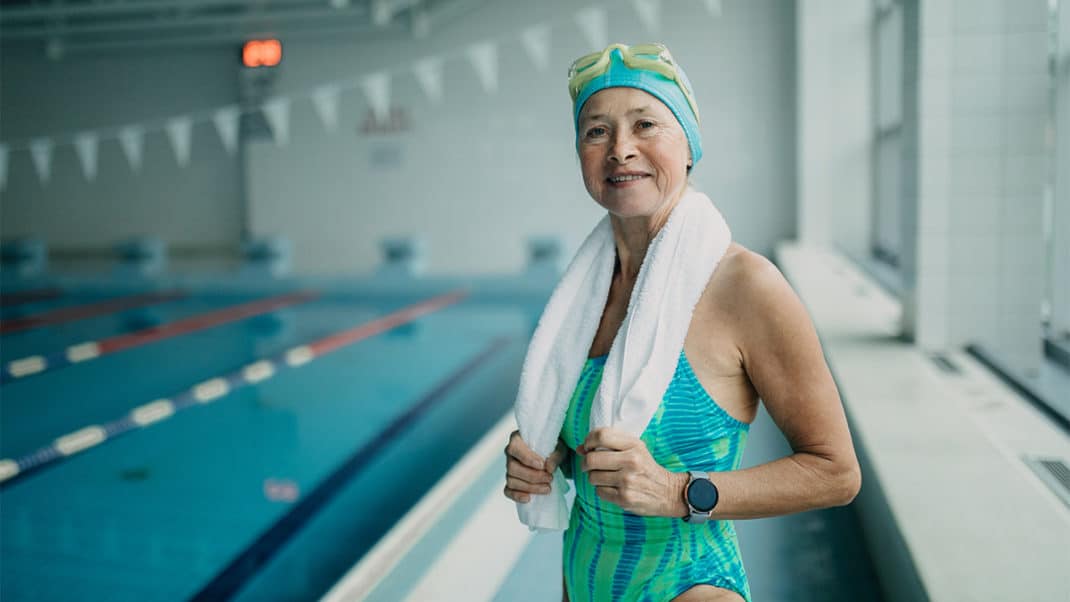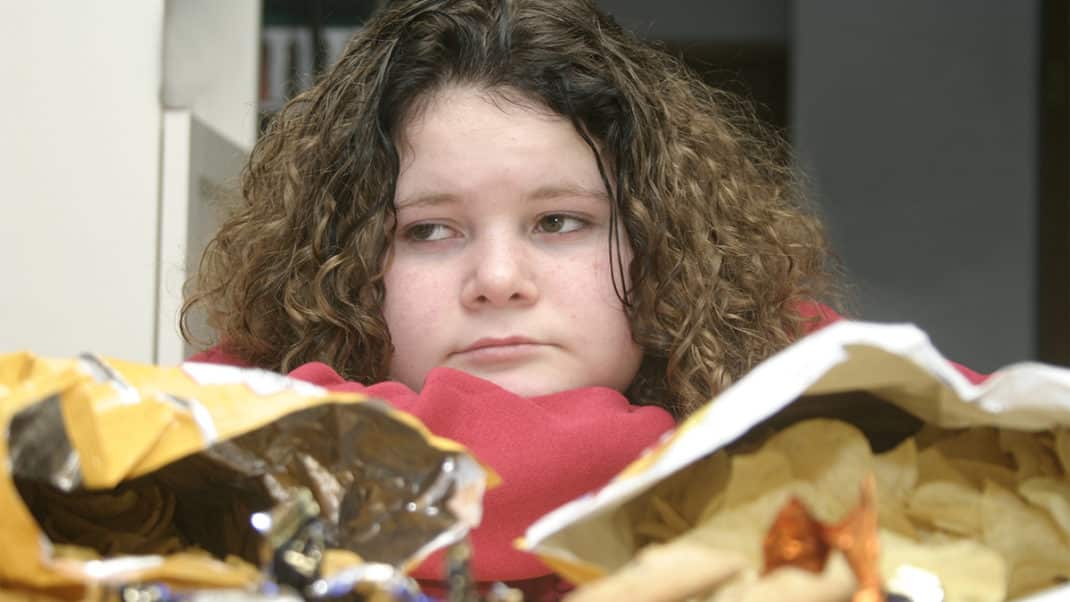Exercise Is Hot Stuff in Mexico
World Beat
Dance is a key word on group exercise schedules in Mexico, as dance-based fitness classes are heating up gyms everywhere. Latin rhythms, hip-hop, salsa and belly dancing are popular, according to Norma Zurita, a 23-year veteran of the fitness industry and group fitness coordinator of Sport City in Mexico City. Indoor cycling, circuit training, kickboxing, step and strength training classes are also well-liked. On the other hand, high-impact classes or those featuring complicated, advanced choreography get a thumbs-down.
What is sought after in the world of mind-body fitness? Classes like yoga, especially hatha yoga, and Pilates reformer, Pilates accessories and Pilates mat.
People like to work out on elliptical machines, treadmills, stair climbers, Pilates reformers and Pilates chairs, notes Zurita. Exercisers appreciate these pieces of equipment because they help them improve their health and fitness levels and, in some cases, are innovative.
As in much of Latin America, football (soccer) is the reigning king of sports
in Mexico. Basketball, boxing, golf, wrest-
ling, bullfighting and charrería (rodeo) are also much loved.
With a diet high in fat and carbohydrate, Mexico has a widespread obesity problem. “Dairy products and red meat—often in the form of fried fast foods—form a small part of the diet of most poor people but contribute to a high incidence of heart disease and diabetes among the middle classes and elites,” says Zurita. “Even poor Mexicans have begun consuming portions of processed foods that have arrived in the form of cheap imports.”
The government has created special programs to counteract obesity, but much more needs to be done. With the problem so prevalent, it makes sense that most Mexicans who exercise do so to lose weight and improve their health. The bad news? “Only people with a certain level of money can buy gym memberships. Some people exercise outdoors, and there are many levels of health clubs, but the cost of joining a gym can be expensive,” says Zurita.
The good news is that fitness professionals in Mexico are becoming more and more qualified to help. They are earning national and international certifications and improving their ability to assist people at different fitness levels, both in gyms and in the community. “Fitness pros can guide clients in effective personal training sessions and teach credible group exercise classes,” says Zurita. “An instructor who is not prepared to teach a fun, effective class does not work.”
Qualified fitness pros will especially
be needed in the future to help aging Mexicans get healthy and foster good habits in younger people. The Mexican population is increasing quickly and is disproportionately young, with more than one-third of people under age 15. If fitness professionals can instill a love of exercise in children and young adults, they are more likely to be fit as they age. “We have an obligation to help people get healthier and to develop fun programs that help them improve their physical well-being,” says Zurita.
Special thanks to IDEA Ambassador Katherine O’Brien of Mexico City for translating the information from Norma Zurita.






